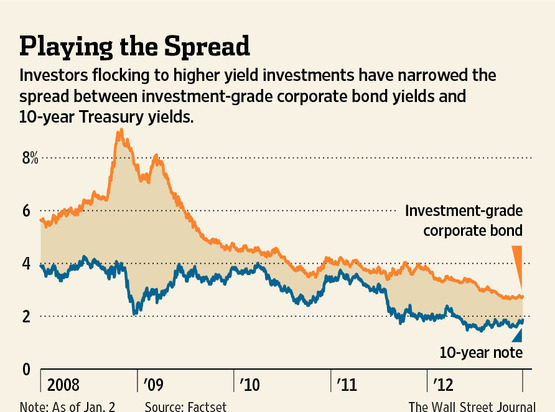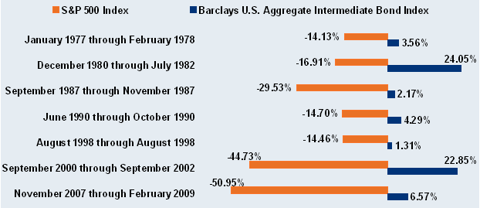By David Henry
 Marc Rich, left, and author Daniel Amman pose on Dec. 11, 2008. (Source: Bloomberg)
Marc Rich, left, and author Daniel Amman pose on Dec. 11, 2008. (Source: Bloomberg)
Marc Rich, the commodities trader who fled the U.S. to avoid federal indictments during the 1980s before President Bill Clinton pardoned him two decades later, has died. He was 78.
The businessman with a taste for flamboyant neckties and Cuban cigars was celebrated for inventing the spot-oil market and later became one of the most wanted white-collar fugitives in American history for 17 years. After leaving the U.S., he founded a commodities trading company that became the forerunner of today’s Glencore Xstrata Plc.
Rich died in a hospital near his home in Switzerland early today, spokesman Christian Koenig said by telephone.
Rich fled to Switzerland hours before being indicted in 1983 on more than 50 counts of wire fraud, racketeering, trading with Iran during an embargo, and evading more than $48 million in U.S. income taxes. The charges stemmed from a multimillion- dollar chain of U.S. crude oil deals that roiled the global petroleum industry in the early 1980s.
On the last day of his presidency in January 2001, Clinton pardoned Rich, who repeatedly maintained his innocence.
“We bought the oil, we handled the transport and we sold it,” Rich said of his Iran dealings during an interview for the 2009 book “The King of Oil: The Secret Lives of Marc Rich” by Daniel Ammann. “They couldn’t do it themselves, so we were able to do it.”
Commodities Empire
Rich ran a multibillion-dollar empire that stretched from Russian nickel mines through Malaysian tin deposits and into trading rooms in London, Hong Kong and New York. He owned a fleet of oil tankers, counted former U.S. Secretary of State Henry Kissinger and opera tenor Placido Domingo as friends, lived in a $9.5 million home on Spain’s Costa Brava coast and even co-owned 20th Century Fox studios. He donated generously to charities and museums in Switzerland and Israel, and helped bankroll the Jamaican Olympic team and Zurich Opera.
Rich co-founded commodities company Marc Rich & Co. in 1974, which was renamed Glencore International AG 20 years later when he sold his 51 percent stake. Rich’s firm was where Ivan Glasenberg, who was part of the $1.2 billion management buyout and is now chief executive officer of Glencore Xstrata, learned the commodities trade.
Great Pioneer’
“We are saddened to hear of the death of Marc,” Glasenberg said today in an e-mailed statement. “He was a friend and one of the great pioneers of the commodities trading industry, founding the company that became Glencore. Our deepest sympathies and condolences are with his family at this time.”
Rich’s exact fortune was a mystery, though his assets were estimated at more than $1.5 billion. He was ranked No. 937 in Forbes magazine’s list of world billionaires published in 2010.
Eventually, Rich’s companies pleaded guilty to 35 counts of tax evasion, paying $90 million in fines, leaving the commodities trader known through the industry as “el matador” for his ability to avoid disaster facing a potential prison term of more than 300 years if he ever returned to the U.S.
The pardon drew sharp criticism. Former U.S. Department of Justice officials involved in prosecuting Rich characterized it as “outrageous” and “disgusting.” Rudolph Giuliani, who was a federal prosecutor when Rich fled, said he was shocked by the presidential order and called for a congressional investigation into the matter by the House Government Reform Committee.
On Run
Sandy Weinberg, the U.S. prosecutor who spent years investigating the scope of Rich’s global oil and commodity empire, said “the act of trading with the enemy is so egregious in itself, and indicative of the kind of attitude Rich and his companies had in relation to being good citizens of the U.S.”
Rich, who held U.S., Spanish and Israeli citizenship at various times, spent about two decades dodging a team of U.S. marshals and international executives who operated under the codename Otford Project. The group was tasked with bringing Rich back to the U.S.
At the same time, the U.S. government continued to conduct business with Rich and his companies. In 1985, congressional investigators discovered that Rich’s Swiss-based grain operation, Richco, had racked up almost $100 million in sales through an Agriculture Department subsidy program designed to help foreign nations purchase U.S. wheat and barley.
Government Deals
In 1988 and 1989, investigators learned that a Rich- controlled company named Clarendon sold almost $30 million of nickel, copper and zinc to the U.S. Mint and that the Interior Department had approved a request from the government of the U.S. Virgin Islands that allowed Rich to finance its purchase of a $45 million alumina plant in St. Croix.
Rich was born on Dec. 18, 1934, in the Belgian city of Antwerp as the only child of David Rich and Paula Rich-Wang, according to his website. Fleeing the Nazi occupation of Europe, the Jewish family emigrated to the U.S. in the early 1940s where Rich’s father opened a jewelry store in Kansas City, Missouri.
Rich attended E.F. Swindon Elementary School, Westport Junior High School and Southwest High School in Kansas City. When his father decided to start a jewelry business on East 11th Street in New York, Rich went to Forest Hills High School and then Manhattan’s Rhodes School. A teacher’s report from Rhodes in 1952 described Rich as “purposeful, actively creative, strongly controlling, deeply and generally concerned, assuming responsibility and exceptionally stable.”
Father’s Businesses
The family moved to Queens, New York, in May 1950, where David Rich opened Melrose Bag & Burlap Co., which imported Bengali jute to make burlap bags. Rich’s father then started an agricultural trading company and helped found the American Bolivian Bank with partners he worked with previously.
Marc Rich began a business degree at New York University, dropping out in 1954 to work at trading company Philipp Brothers, where he later helped run operations in Bolivia, Cuba and Spain. He remained there until 1974 when he founded Marc Rich & Co. with Pincus Green, trading commodities until the 1983 indictment on evading taxes and violating a trade embargo.
Rich founded companies based in the low-tax Swiss canton of Zug after fleeing from U.S. authorities. He also received three honorary doctorates, from Bar-Ilan University, Ben Gurion University and Tel Aviv University for his philanthropic work.
Rich was married twice, divorcing New York songwriter Denise Eisenberg in 1996. They had three daughters, one of whom died of leukemia at age 27. He was divorced from second wife Gisela Rossi and is survived by his daughters Ilona Schachter- Rich and Danielle Kilstock Rich.
See the original article >>




 Marc Rich, left, and author Daniel Amman pose on Dec. 11, 2008. (Source: Bloomberg)
Marc Rich, left, and author Daniel Amman pose on Dec. 11, 2008. (Source: Bloomberg)






























